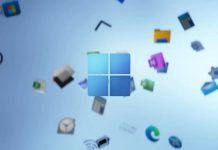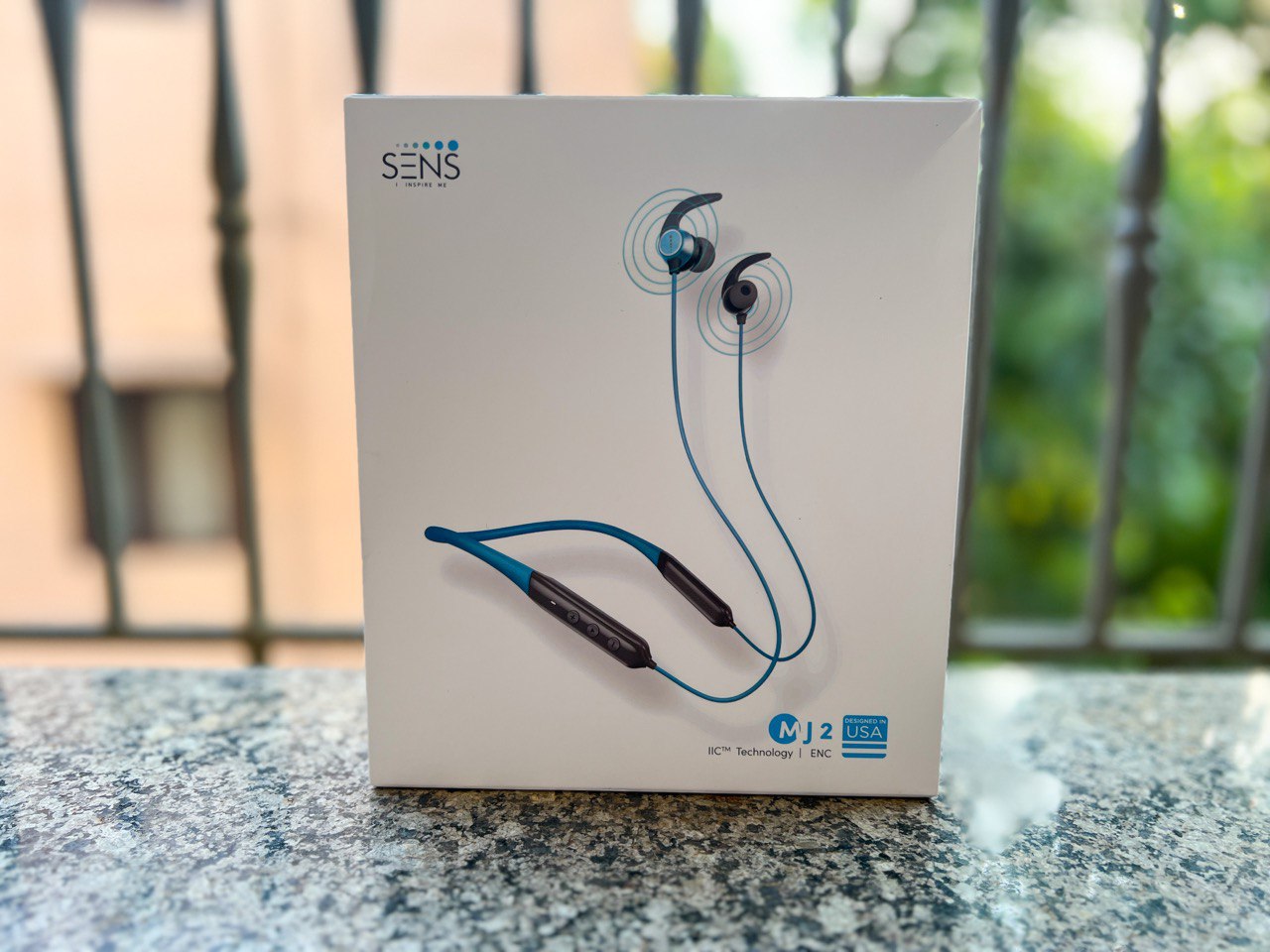
You might have observed Facebook for Android is very much usable as compared to sometime ago. If you had owned an Android smartphone three years back, you might be cursing Facebook for its Android app like we did. It was so sluggish, and resource hungry that we couldn’t use it and were finding third party apps just like twitter.
Facebook on its visit to Africa in 2013 understood the mobile experience on emerging countries with the average population having low end smartphones and poor connectivity. They got to experience that pathetic app experience which pushed them to optimize it for the better.
There were lots of things to be monitored in order to improve the application. They had to fix many bugs broadly categorizing into the resource optimization, data efficiency, and network.
Facebook for Android used to take a lot of memory earlier and above that it used to increase its perimeter with our usage. More Facebook on your smartphone means more data it will occupy. With the recent update they have finally fixed this issue which also involves reduced app size. Generalizing a bit more they have optimized resource utilization depending upon the smartphone hardware which means low end smartphone will consume less memory that high end smartphone. Along with that the engineers have also reduced startup time, hence making the mobile app faster across the wide of Android handsets.
Data efficiency means reducing the data consumption by the application by opting new technologies like image compression, caching, etc. which actually save up to 50 percent data usage from the original one.
Facebook for Android now uses an improved network stack which makes use of enhanced networking concepts to make the experience seamless on 3G or 2G networks. This have been possible due to open source OkHttp protocol which was brought into use by the mobile app team.
Though most of us might be on the new update but do make sure you have it for a healthy Facebook experience on your Android.










